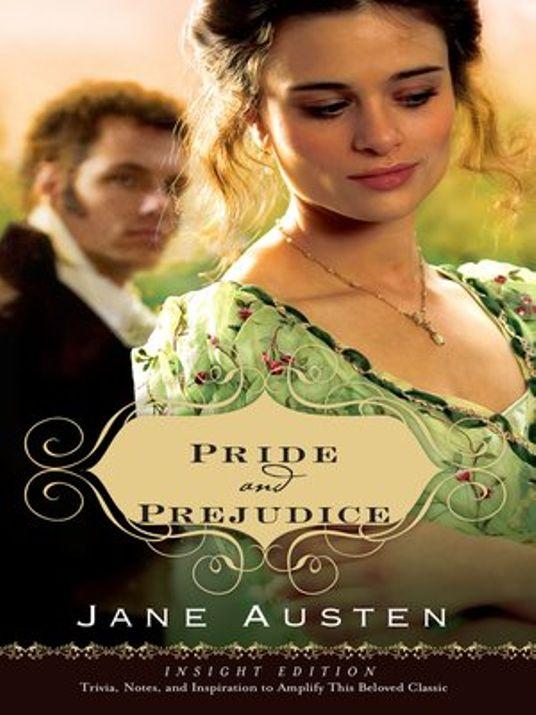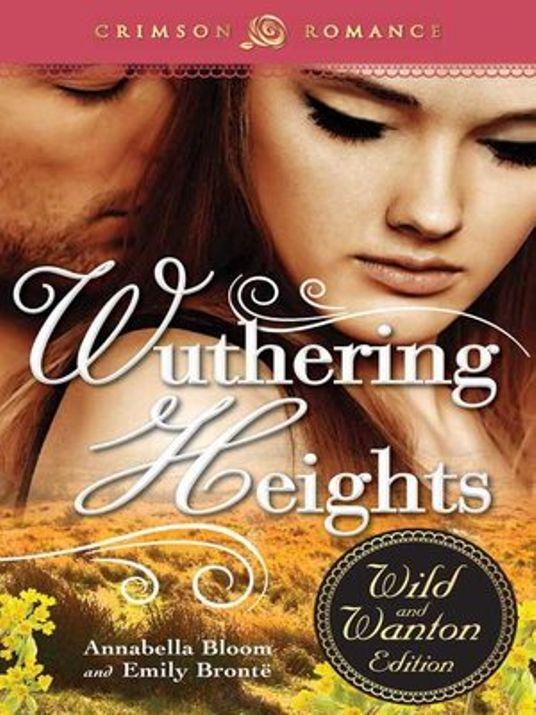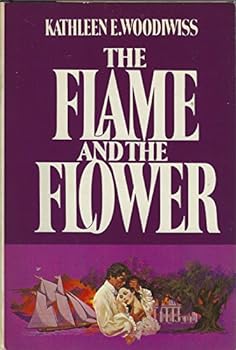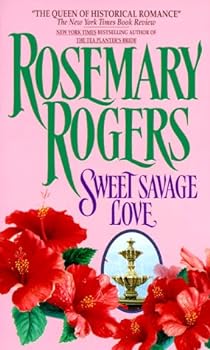Introduction
Romance novels, a genre that’s as timeless as love itself, have experienced a fascinating evolution. From the demure courtships of the 18th century to the bold passions of today, romance literature has mirrored the societal changes in how love and relationships are perceived. In this exploration, we’ll delve into the transformation of romance novels, highlighting key periods and works that have shaped this beloved genre.
The Birth of Romance Literature
In the 18th and 19th centuries, romance novels were defined by social mores and class structures. Jane Austen’s “Pride and Prejudice” (1813) and “Sense and Sensibility” (1811) exemplified this era, focusing on the complexities of courtship and marriage within the constraints of society. Charlotte Brontë’s “Jane Eyre” (1847) and Emily Brontë’s “Wuthering Heights” (1847) introduced a darker, more Gothic element to romantic storytelling, emphasizing emotional and moral struggles.


The Rise of the Bodice-Ripper
The 1970s and 1980s saw a dramatic shift with the emergence of the “bodice-ripper.” These novels, characterized by their passionate and often explicit content, broke free from the traditional constraints of the genre. Kathleen E. Woodiwiss’s “The Flame and the Flower” (1972) is credited with pioneering this change, featuring a strong, assertive heroine and detailed, passionate encounters. Rosemary Rogers’s “Sweet Savage Love” (1974) further pushed the envelope, intertwining love and desire with adventure and danger.


Contemporary Romance and Erotica
Contemporary romance novels, spanning from the late 20th century to the present, have diversified significantly. Nora Roberts, with titles like “Sea Swept” (1998) and “Vision in White” (2009), brought a blend of romance with elements of mystery and suspense. The rise of erotica became prominent with E.L. James’s “Fifty Shades of Grey” (2011), a novel that popularized BDSM themes. Sylvia Day’s “Bared to You” (2012) and Maya Banks’s “Sweet Surrender” (2008) are other notable examples that explore complex emotional and physical relationships.
The Digital Revolution
The digital age has ushered in an unprecedented democratization of the romance genre. E-books and online platforms have enabled a surge in self-publishing, giving voice to a broader range of authors and stories. Colleen Hoover’s “It Ends with Us” (2016) and H.M. Ward’s “Damaged” (2013) exemplify the impact of digital publishing, reaching wide audiences through online platforms. This era has also seen a rise in niche sub-genres, such as paranormal romance, illustrated by Stephenie Meyer’s “Twilight” series (2005-2008), and historical romances like Diana Gabaldon’s “Outlander” series (since 1991).
Conclusion
The journey of romance novels is a testament to the evolving human experience of love, passion, and relationships. From the restrained narratives of Jane Austen to the bold, uncharted realms of contemporary erotica, romance literature continues to captivate, inspire, and resonate with readers across the globe. As we continue to witness the genre’s evolution, one thing remains constant: the timeless allure of a great love story.
